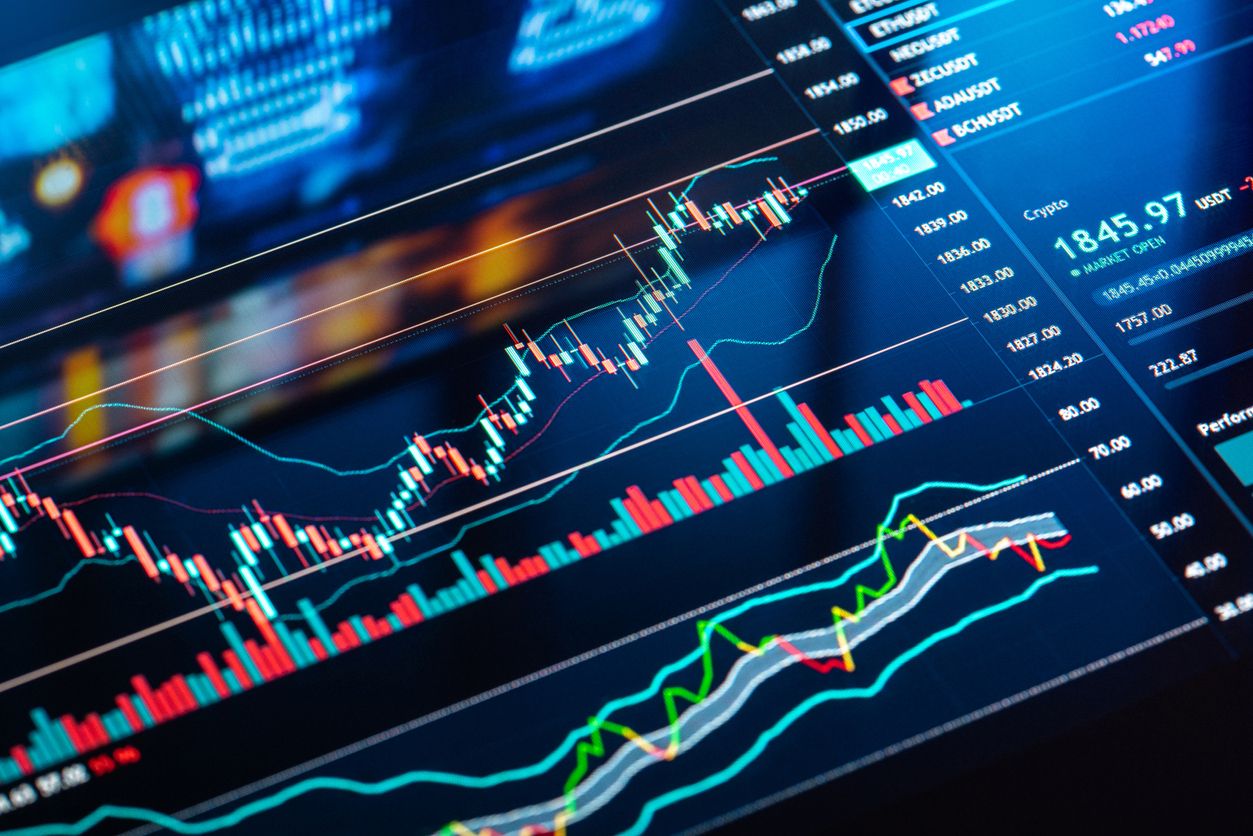Developing algorithmic trading strategies for Forex: a step-by-step guide for Asian markets

Algorithmic trading, a rapidly growing trend in modern financial markets, has emerged as a cornerstone of success. In Forex trading, algorithms empower traders to make highly informed and precise decisions, elevating their profitability to unprecedented heights.
This comprehensive article will delve into a step-by-step guide that elucidates the process of developing algorithmic trading strategies specifically tailored for the Asian markets, unveiling the secrets to unlocking untapped potential and maximising returns.
Introduction to algorithmic trading in Forex
Algorithmic trading, sometimes called automated or black-box trading, is a sophisticated approach that utilises pre-programmed computer systems to execute trades. These systems employ complex algorithms that analyse various factors, including price movements, timing, and trade volumes, to make calculated and data-driven trading decisions.
By leveraging the power of automation, algorithmic trading offers significant advantages in the volatile realm of Forex trading. These automated algorithms can swiftly identify and capitalise on trading opportunities that manual traders might overlook, providing a competitive edge in the fast-paced and ever-changing Forex market.
Volatility strategies for Asian markets
Algorithmic trading strategies typically involve using volatility indicators to identify entry points and manage risk exposure. High-volatility markets, such as those in Asia, provide numerous opportunities for algorithmic traders but also carry higher risks. It is critical for traders to properly assess and manage risk when navigating these markets. The most widely used volatility strategies in trading are the following:
Bollinger Bands Strategy
This popular trading tool utilises a statistical measure of market volatility and trends to identify potential entry points. Analysing price movements within a specific range helps traders gauge potential price reversals or breakouts.
Keltner Channels strategy
This strategy is based on an oscillator that aims to identify price breakouts during periods of high volatility. Plotting bands above and below a moving average helps traders spot potential trading opportunities when prices move outside these bands.
Average true range (ATR)
ATR is a widely recognized market volatility measure traders use to assess and manage risk exposure by calculating the average price range over a specific period, providing insights into an asset’s potential price movements and volatility.
By incorporating these volatility strategies into their trading approach, traders can gain valuable insights into market conditions in Asia and make informed decisions to optimise their trading outcomes.
Leveraging AI in algorithmic trading
The ever-evolving landscape of financial markets has driven a shift towards more intelligent trading algorithms, leveraging artificial intelligence (AI) and machine learning (ML). AI-based trading systems can process vast amounts of data at speeds that would be impossible for manual traders. Additionally, they can develop complex strategies and perform market analysis in far less time than traditional methods.
In the Asian markets, AI-driven algorithms can be especially beneficial in identifying price movements and trends in a highly volatile environment. By leveraging the power of AI, forex traders can automate their trading decisions to capitalise on market opportunities quickly without needing to monitor the markets manually around the clock.
Adapting strategies to market conditions
Different market conditions necessitate varied trading strategies. For instance, momentum-based strategies that capitalise on these trends can be highly effective in trending markets where prices consistently move in one direction. Traders can identify strong trends using technical indicators like moving averages or trend lines and then enter trades to maximise profits.
On the other hand, in choppy markets where prices fluctuate within a range, mean-reverting approaches that take advantage of price reversals can yield favourable results. These strategies involve identifying overbought or oversold conditions in the market and taking positions that anticipate a return to the mean. Traders can use oscillators like the Relative Strength Index (RSI) or Bollinger Bands to identify these conditions and execute trades accordingly.
By understanding how to adapt your algorithmic trading strategies to these diverse market conditions, specifically in the Asian markets, you can significantly enhance your trading performance and increase your chances of financial success. It may involve monitoring key economic releases or events that impact Asian markets and adjusting your trading parameters to align with the unique characteristics of these markets. Taking a nuanced approach to algorithmic trading can help you navigate the challenges of the Asian financial landscape.
Evaluating performance and risk management
Performance evaluation and risk management of your forex investment are crucial and inseparable components of algorithmic trading. Traders must consistently analyse and evaluate the effectiveness of their trading strategies, meticulously examining every detail. This diligent approach allows for timely tweaks and adjustments to optimise trading performance.
In addition to evaluating performance, implementing effective risk management strategies is paramount. Traders can mitigate potential trading losses by employing proven risk management techniques, including setting stop-loss and take-profit levels. These protective measures provide a safety net, safeguarding traders from unnecessary risks and enhancing overall trading outcomes.
The final word
Algorithmic trading strategies tailored for Asian markets offer a powerful way for traders to unlock untapped potential and maximise returns. Traders can identify entry points and manage risk exposure through volatility indicators and AI-driven algorithms. With the right tools, algorithmic trading offers a highly lucrative opportunity that must be noticed.
To succeed in this highly competitive market, however, traders must remain informed of the latest developments and trends in algorithmic trading when conducting forex analysis. Doing so will ensure that traders stay ahead of the game and maximise their potential returns.
